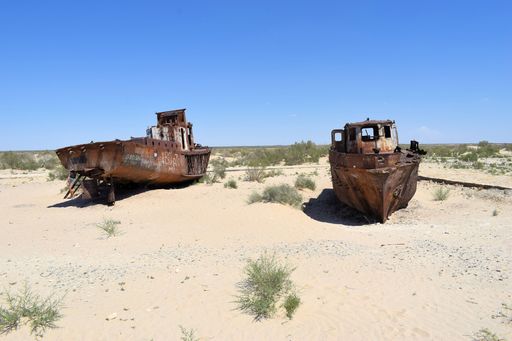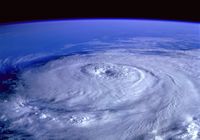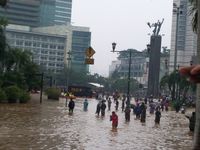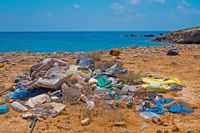In the 1960s, the Aral Sea was the fourth largest lake in the world, but today, 90 percent of the water is lost. Where is the Aral Sea located and what happened that things could get this far? This once massive inland sea is located between Kazakhstan and Uzbekistan and was comparable in size to Bavaria. During Soviet times, people got the idea to plant cotton in this barren region because it requires little nutrients to survive, but needs a lot more water. In order to irrigate the huge plantations, more and more water was withdrawn from the two rivers that had fed the Aral Sea and diverted to the fields. A fatal mistake, because from the 60s the lake started to shrink and only two remaining areas, the northern and southern parts, were left. To grasp the extent of this disaster, you only need to look at the place called Muynak. Once, Muynak was a peninsula in the middle of the Aral Sea, the place lived from fishing and tourism, it was an oasis that made the hottest weeks of the year bearable. Today, Muynak is in the middle of the desert, over 100 kilometers away from the Aral Sea – only rusted shipwrecks remind of the fact that fish were once caught on the high seas here. While initially the profit from the cotton cultivation was in mind, later it was realized that the revenue generated by the cotton in no way covered the losses incurred, for example, from the disappearance of fishing. First the fish died, then tens of thousands of people lost their jobs due to the barren soils - in fishing, agriculture and animal husbandry.
The Aral Sea - the largest ecological disaster on Earth
What was once a massive inland sea has nearly disappeared within just one generation. In the 60s, the Aral Sea was the fourth largest lake in the world.

Danger for Humans and Nature
The lack of water is naturally the biggest problem for the population in the region. But unfortunately, the effects caused by the fertilization of cultivation areas are equally dramatic. Fertilizers, pesticides, and chemicals make their way from the cultivation areas and factories back into the groundwater and into the lake. These toxins accumulate in the newly formed desert and, along with the remaining salt masses, are blown into the atmosphere as ultra-fine dust. The consequences can be seen in the increased mortality of newborns, but also in the number of disabilities and deformities. This is accompanied by a massive extinction of species in the plant and animal world. The western part of the Aral Sea is so salty that no fish can survive in it. An ecological tragedy that could have been prevented with responsible human interaction with nature.
Measures to Save the Aral Sea
When experts predicted the complete disappearance of the Aral Sea by the year 2020, construction began on the 13-kilometer-long Kokaral Dam, which has been preventing the flow of water from the small northern part to the larger southern part of the sea since 2005. Since then, the smaller Aral Sea has been steadily filling up, at some points the coastline has shifted by more than 75 kilometers. The dust load and the concentration of toxins have also significantly decreased as a result of rehabilitation measures. To the delight of Uzbekistan, as the smaller Aral Sea is located in this country - the life of the population has significantly improved, thousands of people are once again making their living from fishing. The north has indeed been saved, but the southern part located in Kazakhstan was lost due to the construction of the dam - a surrender to an ecological disaster. The large Aral Sea can no longer be revived, it is seen as a symbol of the destruction of the planet by humans, who have lost their responsibility for nature.




